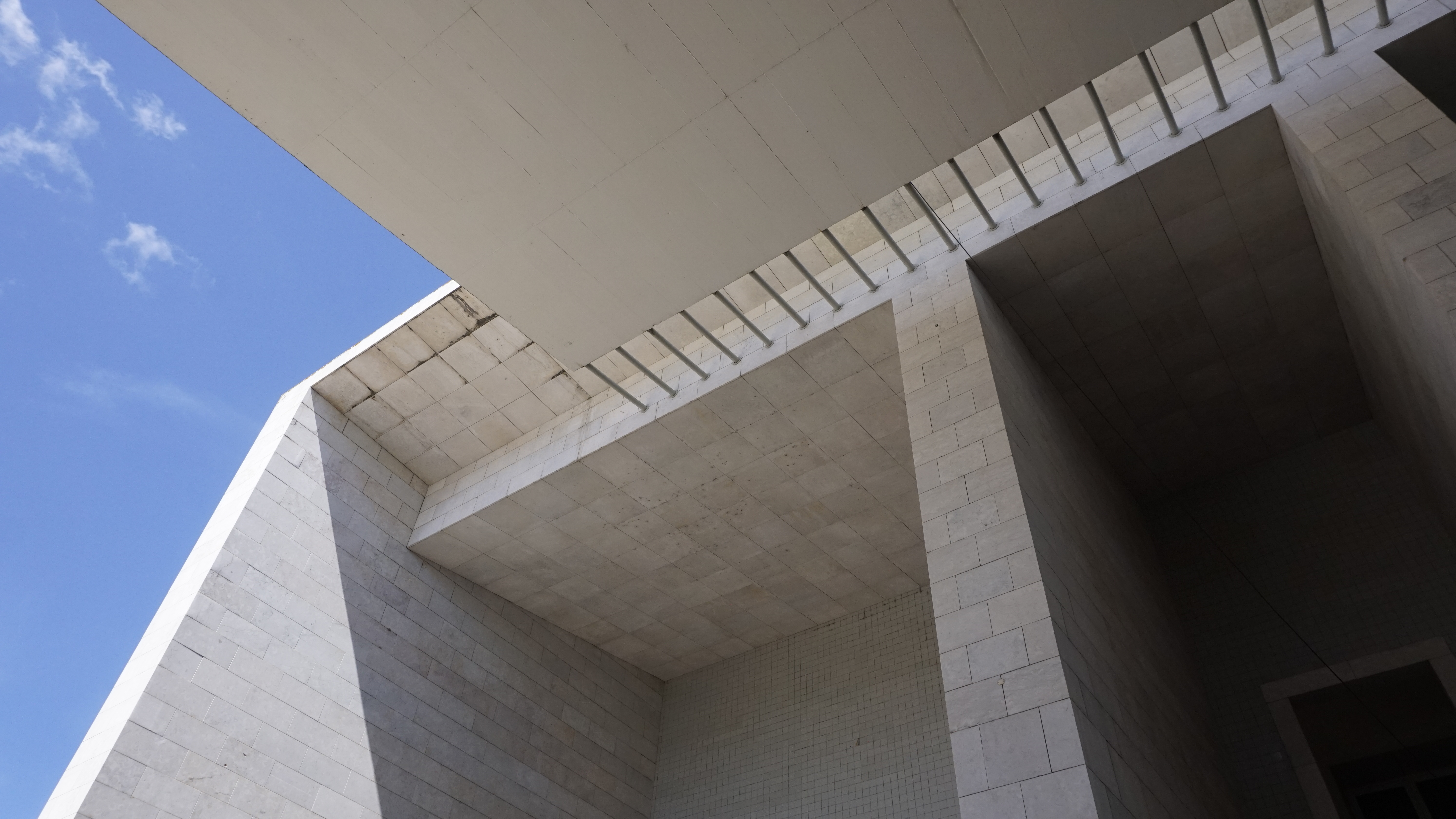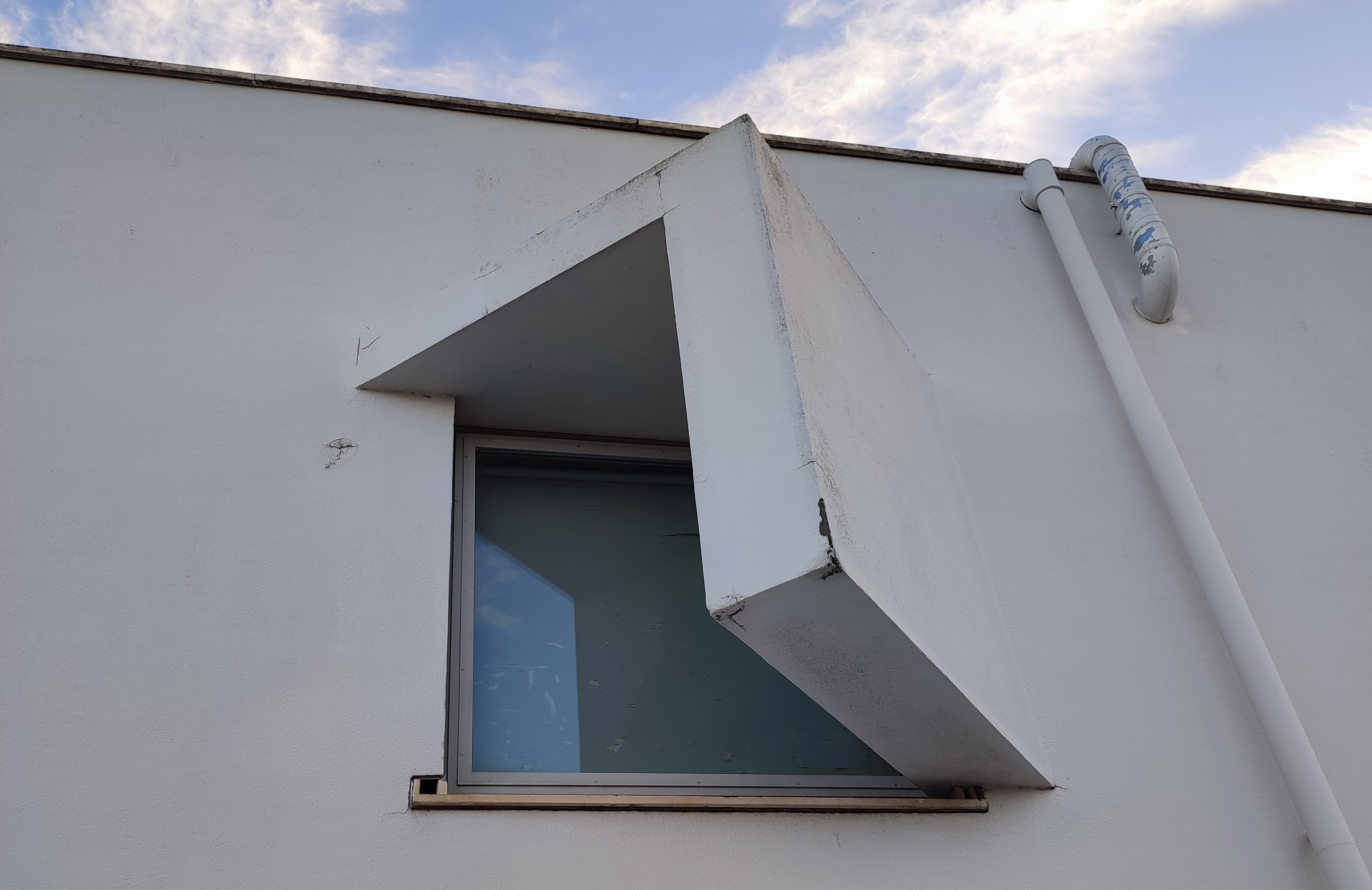About | Team | Partners | Contacts
Following the ICOMOS study “The World Heritage list: filling the gaps - an action plan for the future” and the Global Strategy of the Unesco World Heritage Comittee (WHC) encouraging State Parties to submit nominations on the 20th century Heritage, ICOMOS-Portugal presented an Ensemble of works of álvaro Siza for the World Heritage (WH) Tentative List, in 2017.
Siza is not only an Architect of national relevance, but also international; as one can count the design of approximately 500 projects and built works (spread across 4 continents and 16 countries), more than 100 distinctions and awards, 19 PhDs Honorary degrees, hundreds of dedicated publications. Despite the international recognition of the quality of Siza’s architecture, there is not yet a complete and systematic inventory of his built works. The information is usually scattered, partial or incomplete. The existent literature focuses more on formal questions of the project, and little on the constructive and technical dimension of his works, on the state of conservation of the buildings, or on possible threats affecting them.
_A3.JPG)
In this framework, the scope of SizaATLAS project is to address a comprehensive inventory of all of Siza’s built works, and to develop a detailed documentation and analysis of the 18 buildings selected for the World Heritage List. This research and the comparison with other contemporary architecture will result in a better understanding of the unique value of Siza’s architecture, in a national and international context. This will be key to establish the justification of the Oustanding Universal Value (OUV) of his work, its national protection and an effective management system to support the instruction of Siza’s works nomination for the World Heritage List.
The research intends to develop:
- a COLLABORATIVE PLATFORM for open access, which will allow database management and exchange, as well as forms’ compilation and research dissemination;
- a georeferenced INVENTORY of all the built works by Siza, in Portugal and abroad;
- constructive DOCUMENTATION and ANALYSIS of the 18 selected built works, supported by archival research and fieldwork, including surveys (photographic, photogrammetric and 3D visualization), record of the state of conservation, surveys to users and threats that affect the assets;
- RECOMMENDATIONS based on the data collection and its analysis, to help prepare the process instruction for protection at national level, and for the nomination for World Heritage. Also, proposals for comparative analysis at national, international and World Heritage are developed contributing for the establishment of the OUV, as well as for the future management and monitoring of the selected works;
- DISSEMINATION and transfer of knowledge of the work of Siza is one of the main focus of SizaATLAS, at a large scale, which will allow the exchange and dissemination of his work. Also, transfer of knowledge will be assured through: photogrammetry workshops directed at students; a conference to disseminate results and promote debate regarding the World Heritage nomination; the organization of meetings and visits to the selected works; participation in conferences, publication in journals, and the edition of a scientific book publication with the results of the project. An illustrated SizaATLAS map with all his works in Portugal and abroad, are also proposed for a wider diffusion of his work to a non-specialized public.
The innovative character of the proposal is supported by IT tools and a collaborative platform (available for desktop and mobile), allowing to access the inventory and the visualization of the 3D surveys, the documentation and the analysis of Siza’s work at a regional, national and international scale. This broad and interactive dissemination together with the World Heritage nomination can potentially impact at the economic, social and cultural sector (namely tourism), in a strong connection with local and regional communities and stakeholders (municipalities, heritage offices, managers and owners).


